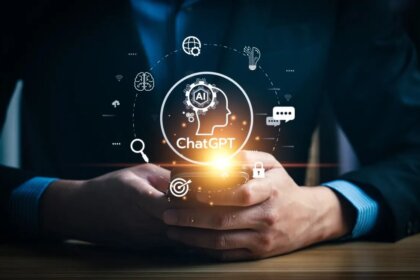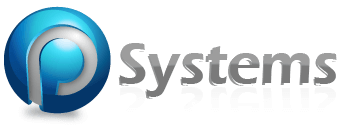
Chatbots have come a long way since their early beginnings as simple rule-based systems. Today, AI-powered chatbots are capable of having full-fledged conversations with humans, and they are being used in a wide range of industries, from customer service to education to healthcare.
The early days of chatbots
The first chatbot was created in 1966 by Joseph Weizenbaum at MIT. Eliza was a simple program that used pattern matching to simulate conversation. It was designed to look like a Rogerian psychotherapist, and it was able to fool many users into believing they were talking to a real human.
Other early chatbots included PARRY (1970), a program that was designed to simulate a paranoid schizophrenic patient, and Jabberwacky (1988), a chatbot that was designed for entertainment purposes.
Rule-based chatbots
In the 1990s and early 2000s, rule-based chatbots became more common. These chatbots used a set of predefined rules to respond to user inputs. They were able to handle specific tasks, such as answering frequently asked questions or providing customer support. However, they were limited in their ability to understand context and carry on natural language conversations.
AI-powered chatbots
In recent years, there has been a shift towards AI-powered chatbots. These chatbots use machine learning and natural language processing to understand and respond to user inputs in a more natural way. They are able to learn from the conversations they have and improve their performance over time.
AI-powered chatbots are being used in a wide range of industries today. For example, they are being used to provide customer support, answer questions, and generate creative content.
The future of chatbots
The future of chatbots is bright. As AI technology continues to develop, chatbots will become even more sophisticated and capable. They will be able to understand and respond to human language in a way that is indistinguishable from humans.
Chatbots are also likely to become more integrated into our daily lives. We will see them used in a wider range of applications, such as our homes, workplaces, and schools.
Here are some of the ways that chatbots are being used today:
- Customer service: Chatbots are being used by businesses of all sizes to provide customer support. They can answer questions, resolve issues, and provide assistance with tasks such as booking appointments and making purchases.
- Education: Chatbots are being used in schools and universities to provide personalized instruction and support to students. They can help students with their homework, answer questions, and provide feedback.
- Healthcare: Chatbots are being used in healthcare to provide patients with information and support. They can answer questions about symptoms and treatments, provide reminders about appointments and medication, and offer emotional support.
- Entertainment: Chatbots are being used to develop new forms of entertainment, such as interactive stories and games. They can also be used to provide companionship and conversation.
Chatbots are a rapidly evolving technology with the potential to revolutionize the way we interact with computers.




